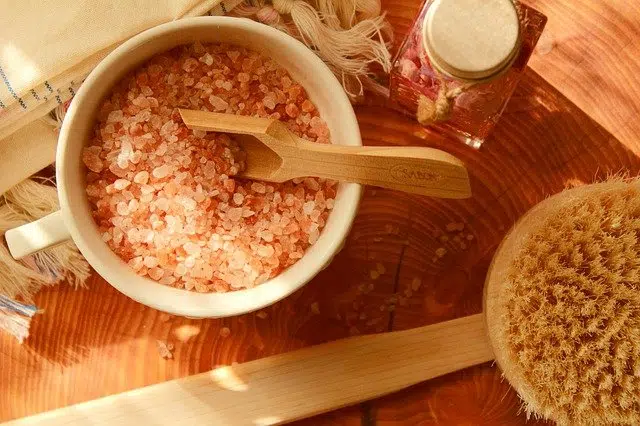
Legumes are foods rich in mineral salts.
Mineral salts are those inorganic molecules that, in living organisms, can appear as crystals, dissolved, precipitated or linked to other molecules.
Mineral salts are characterized by always being ionized when they are dissolved in water . Different ions, in this way, perform different functions in the body, such as regulating osmotic pressure and pH, preserving salinity and controlling muscle contractions.
Beyond ionized mineral salts , precipitated mineral salts also act in the body and, by allowing the development of very hard structures, provide protection or support (in skeletons, shells, etc.).
Importance of mineral salts for the body
Muscle activity, metabolic processes and the immune system also depend, in part, on mineral salts. That is why it is important to include foods that are rich in these salts in your diet .
Legumes (due to iron and magnesium), fish (iodine, fluoride), dairy products ( calcium ), meat (iron, potassium, phosphorus) and whole grains (zinc) are some of the foods that allow us to ingest salts. minerals.

Various properties are attributed to mineral bath salts.
Products for immersion baths
Products used in immersion baths to provide various benefits to the body are also often called mineral salts. Among the benefits attributed to mineral bath salts are detoxification and relief of inflammation.
It is common for components to be added to these mineral bath salts so that they have an aroma and produce foam , increasing the pleasant sensation of the person who enjoys the immersion bath. It is worth mentioning that baths with salts date back many centuries, as they offer benefits that are easy to see regardless of the level of scientific knowledge, such as muscle relaxation , ideal for combating fatigue and stress.
One of the possible remote references to baths with mineral salts suggests that Ulysses, one of the heroes of the Iliad and the protagonist of the Odyssey , used them to regain his strength . On the other hand, they only became popular around 1700, at first in England but soon in the rest of the European continent. At first, thermal cities were created, and at the same time thalassotherapy centers emerged (a healing method that relies on the use of seawater baths and the climate to treat certain diseases).
Types of mineral salts
Among the types of mineral salts used in immersion baths, two groups are distinguished: rock salts and marine salts. Rock salt is found in underground deposits and two of its most representative are the following:
* Himalayan salt : it is one of those that offers the greatest wealth, from an energetic point of view. Being in a crystalline state and retaining its natural structure despite having been extracted, its qualities are greater than those of refined salt;
* Andean salt : just like seawater, it has trace elements (such as potassium, magnesium, zinc and sodium ) that are not present in fresh water. However, it differs in that its elements can be used much more, since they have been exposed to much greater pressures than those of the sea.
Regarding sea salt, it is possible to obtain it by taking advantage of evaporation due to the heat of the sun. A clear difference with rock salts is that their sodium chloride content is lower and that they have more trace elements.
Mineral salts are also used to treat skin diseases and other disorders, such as those listed below: acne, foot fungus, recurrent infections, insect bites and psoriasis. In some cases, it is recommended to apply it directly to the affected area before bathing, or use it in combination with a natural soap to wash it carefully.
